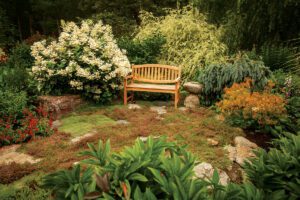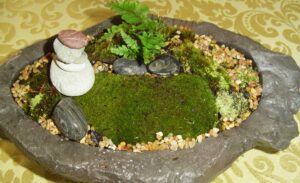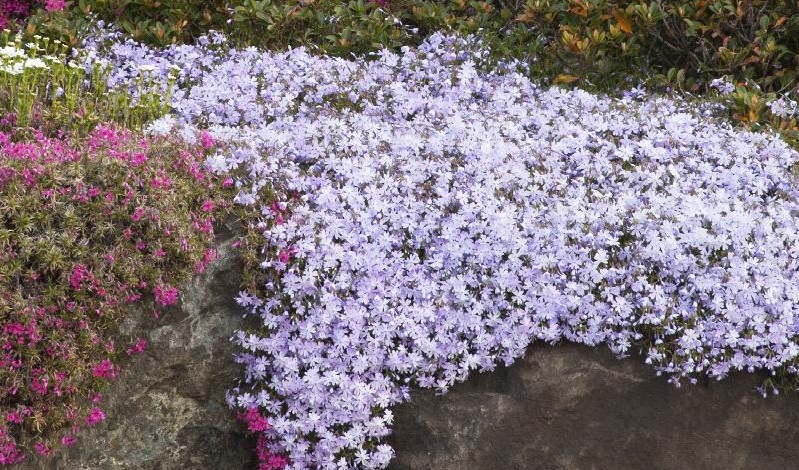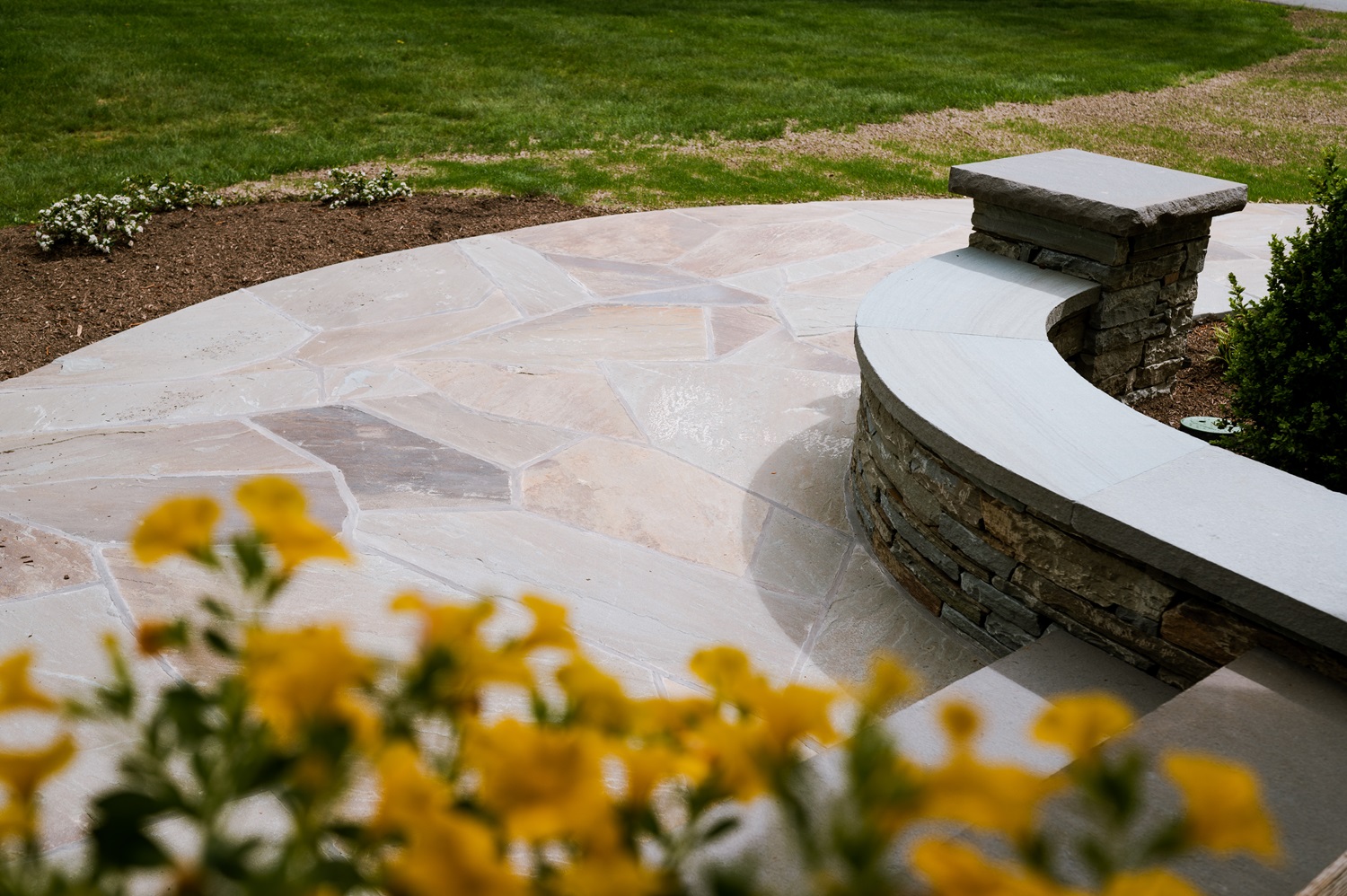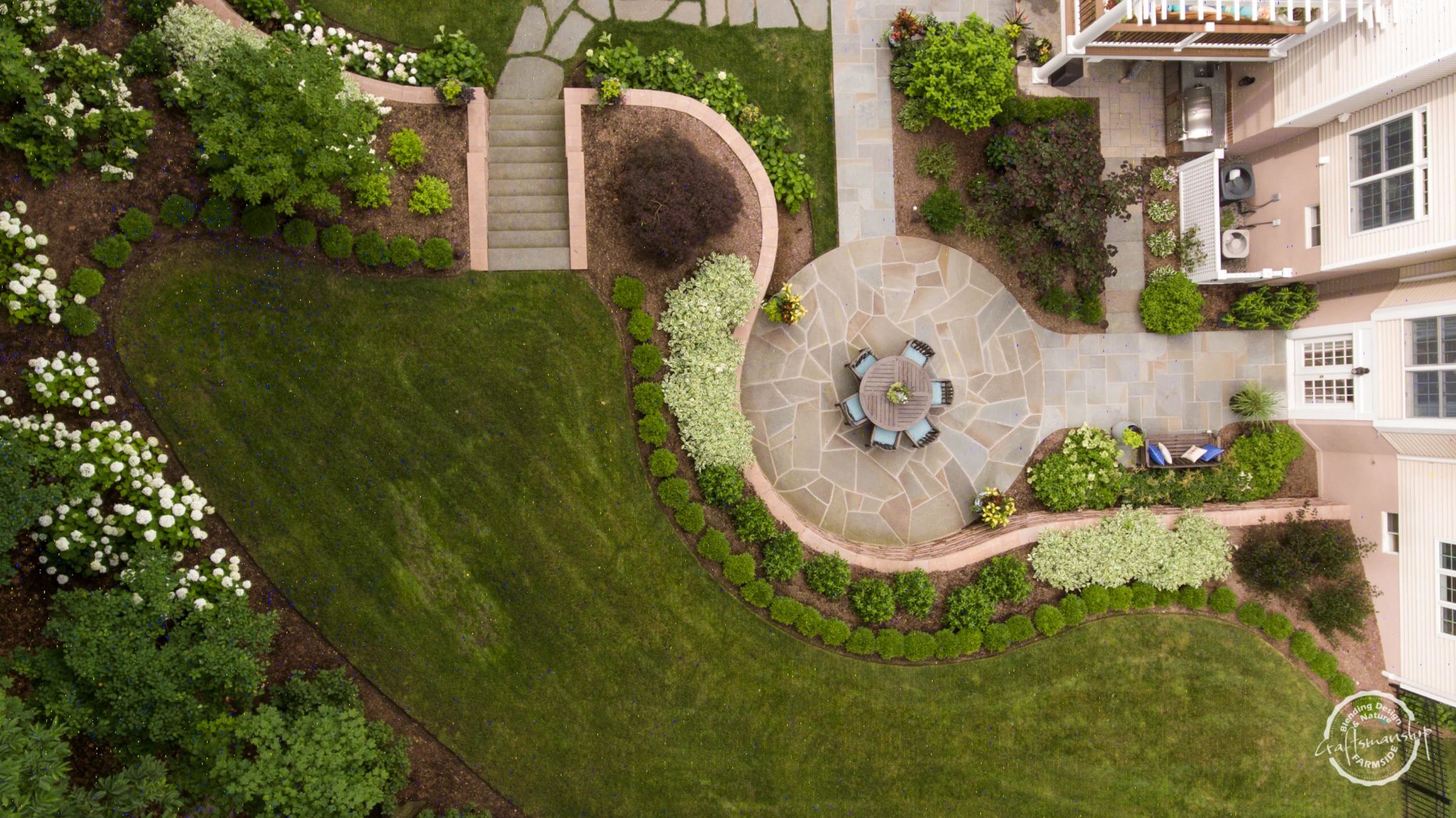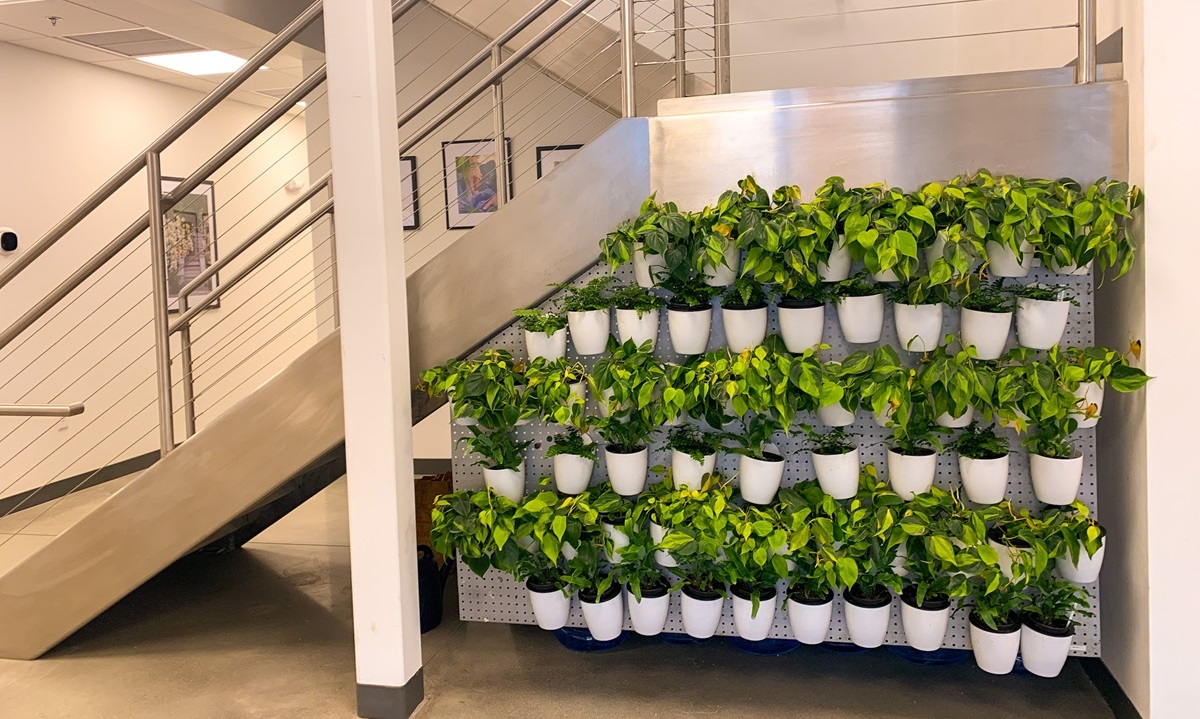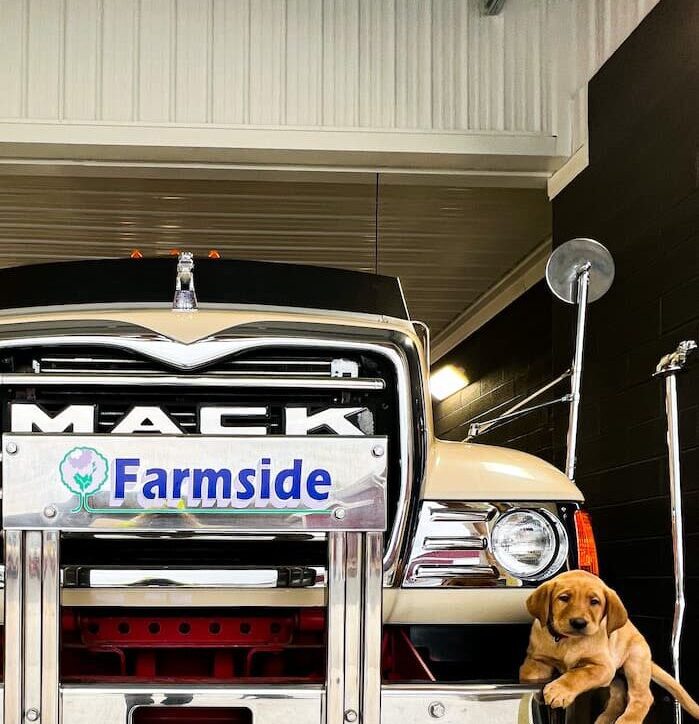Too often, moss is an undervalued and little-considered plant choice when it comes to creating a beautiful landscape. It can often be disregarded as an unwelcomed nuisance – showing up on the shady spots in your lawn or between the bricks of your patio. But moss is an amazing garden addition – a low-maintenance gem of a plant that grows in compacted soil, in damp, shady spots, providing a velvety carpet in a rich spectrum of brilliant greens.
First, a few facts about moss: a primitive plant with about 22,000 species worldwide, these small, non-flowering plants can grow in dense mounds or mats in compacted, nutrient-poor soils in damp, shady areas. Moss absorbs the nutrients it needs from the sunlight, air and water it comes into contact with – not the soil (they lack the vascular tissue most plants have that would allow them to do that). That’s why even though mosses grow readily in shade, they do need some sun for photosynthesis. They also need a stable base from which to grow, which is why compacted soil is preferable to sand or loose gravel, though they will grow on more stable hard surfaces such as stone, brick, concrete or tree bark.
Mosses are not harmful. Unlike mold, they don’t produce any dangerous spores or emit harmful fumes. They’re neither poisonous nor do they contain any irritating properties. They don’t even have the weight to cause damage to a home or paved walkways. The aspect of moss that is unwelcome when you see it on a house or roof is its ability to retain moisture – the real culprit that can cause damage.
Because they do retain moisture so well, they are a favorite spot for beneficial garden creatures such as spiders, worms and especially fireflies, who like to lay their eggs on moss. The image of twinkling fireflies hovering over a velvety expanse of moss has made its way into many children’s fairytale books!
Moss spores are in the air and only need moisture to germinate and mature. Once established, moss can be very drought tolerant. Some mosses can survive in full sun, though most prefer shade, with some sun needed for photosynthesis.
In New Jersey, mosses can be categorized into three major groups: granite mosses, peat mosses and true mosses. Here, we’re focusing on true mosses, and its two sub categories, Pleurocarpous mosses and Acrocarpous mosses. Because Acrocarpous mosses need less water than Pleurocarpous mosses, it’s best to keep them separate in the garden to avoid over/under watering one or the other.
Pleurocarpous mosses have a faster growth habit than Acrocarpous mosses. They grow low to the ground and spread out horizontally for a carpet-like look. Species within this group include fern moss, sheet moss, and gold-tinted carpet moss. They typically take 3-6 months to establish in the garden.
Acrocarpous mosses tend to grow in clumps, growing taller and thicker before spreading out. They do an excellent job of keeping weeds from sprouting due to their tight, dense growth pattern. Species include, hair moss, fork moss and cushion moss. Cushion moss also has some color variety, with a range from white to a grey-green. Acrocarpous mosses can take 6 months to Establishment can take 6 months to 1 year to become established.
Creating Your Moss Garden
Five simple steps are all it takes to get you started with your moss garden:
- Select a shady spot in your landscape.
- Clear the site of all grass, leaf and garden debris and weeds.
- Make sure the cleared area is level to avoid sunken spots where water can collect, and slightly compact the soil to ensure a stable base for the moss.
- Scratch the ground a bit, then moisten the moss to make it pliable and press it into the ground to ensure a good contact.
- Water appropriately based on the type of moss you’ve selected.
Tips to Make Your Moss Garden Thrive
- The best times to plant moss are spring or fall, when moisture is more plentiful and temperatures are warm.
- Prior to planting, adjust the pH of the soil to below 5.5, since many mosses thrive in acidic soil (note: there are mosses that also do well in more alkaline or neutral soils, too).
- Acrocarpous mosses should be allowed to dry out between waterings. Keep watering limited to once a day for the first few months, then taper off to every other week after about 3 months.
- Pleurocarpous mosses should be well-watered twice a week and misted/lightly watered once a day, but be careful to avoid soggy ground conditions. This should continue throughout the growing season.
- Cover with netting if wind poses a problem, especially while moss is first getting established. You might also consider pinning moss to the ground to ensure a stable contact until the moss becomes established.
- If you decide to add rocks or old logs to your moss garden design, pack some soil along the sides to help prevent leaf litter from gathering underneath.
- Keep your moss weeded and free from leaf debris for extended periods of time (a little leaf debris for short periods is fine, and can actually provide the moss with valuable nutrients and moisture – just don’t let it sit there for months).
- Because moss has no vascular system, you can walk on it – compression won’t hurt it, but more strenuous activity like running, jumping or sliding will tear it and cause damage.
- You can create container moss gardens as well – just avoid metal containers (zinc, copper, etc.) since moss is very sensitive to metals. Make sure the container has good drainage.
Mosses to Consider for Your Garden
Mood Moss – Great for dry shady areas of the yard. The moss will actually change in appearance based on moisture levels. It has a fine, almost windswept look.
Cushion Moss – Like Mood Moss, Cushion Moss changes color and appearance based on its moisture levels. It has a ball-like structure that adds height and visual interest to the garden.
Fern Moss – A good option if you want to replace your turf lawn for one made of moss. Its leaves look like tiny ferns.
Sheet Moss – Very easy to grow and can withstand foot traffic, making it another excellent choice for a lawn alternative, or to tuck into between paving stones.
Rock Cap Moss – Dense with a beautiful dark green hue. Like its name suggests, this moss does well on large garden rocks and stone structures.
Ceratodon Moss – Small with a velvety touch, Ceratodon Moss is a great choice between pavers on a walkway, and a popular choice for green roofs.
Haircap Moss – Looks like a tiny forest with its taller growth habit. Provides a nice height contrast in a moss garden.
Irish Moss – Has the brightest green color of mosses, adding a vibrant note to your moss garden.
Main Image Credit: NY Times



